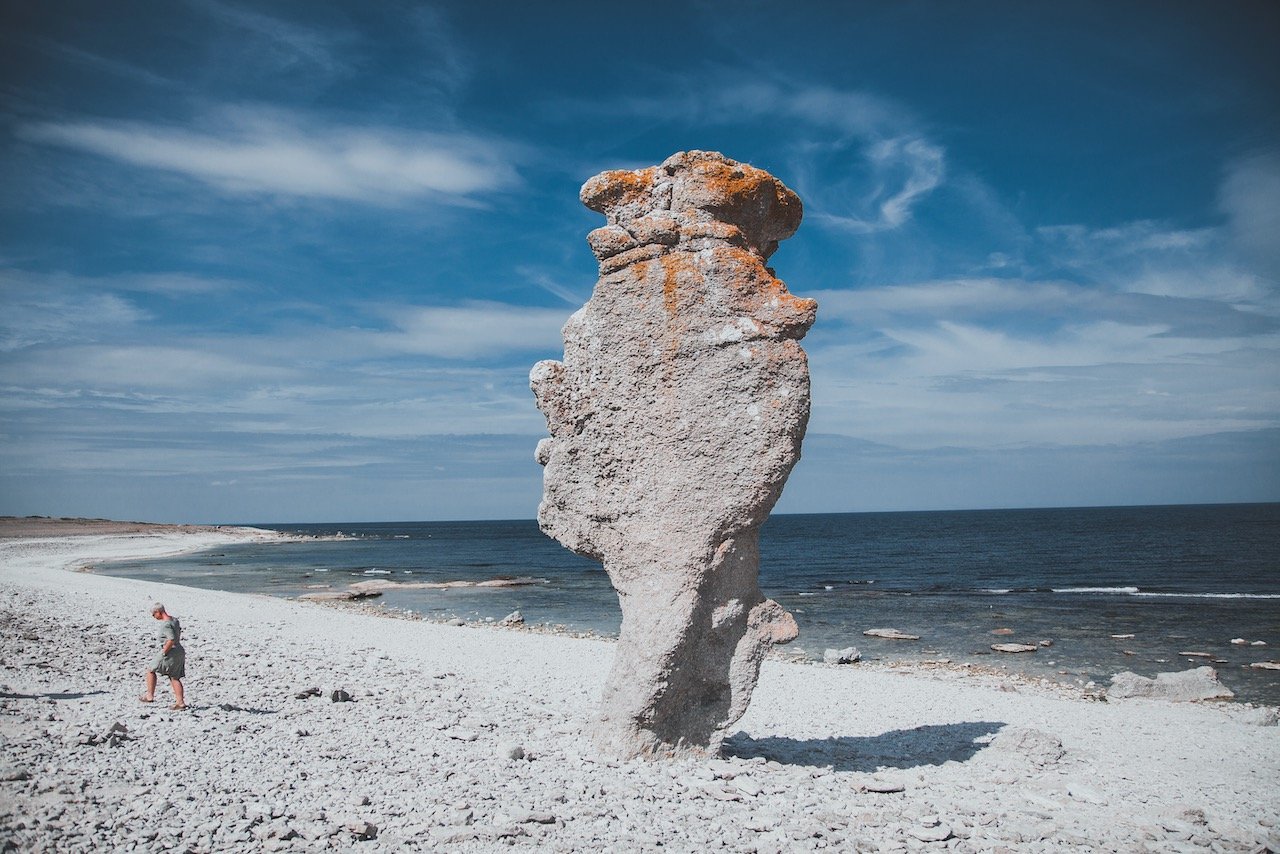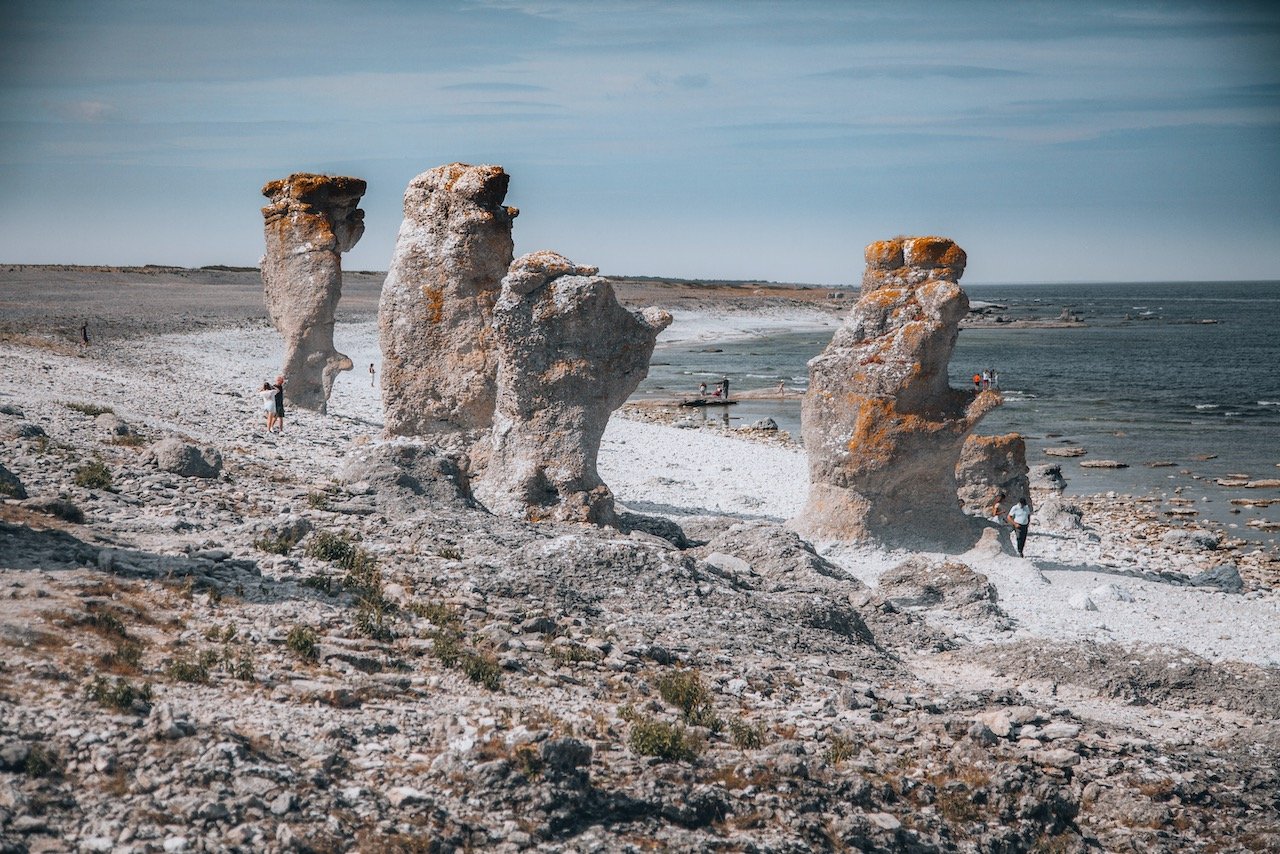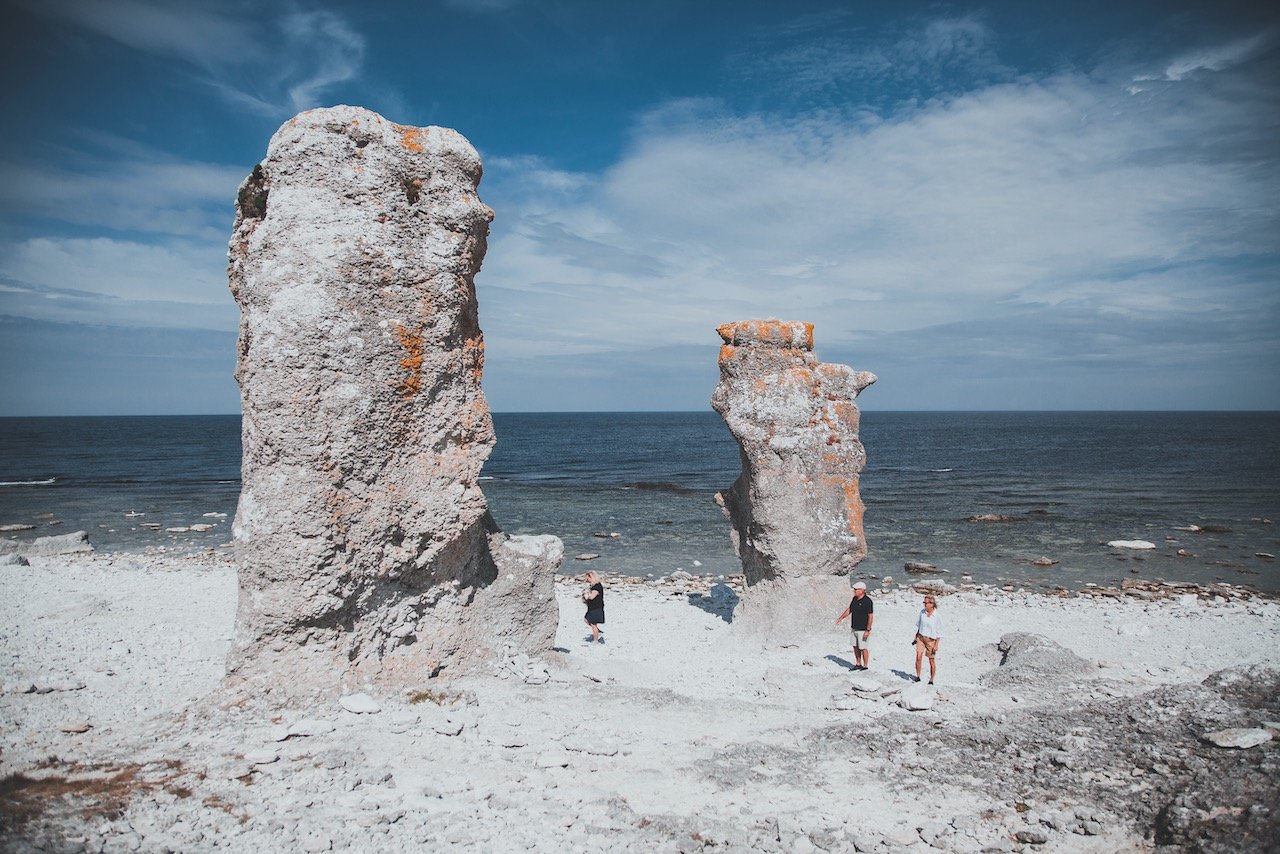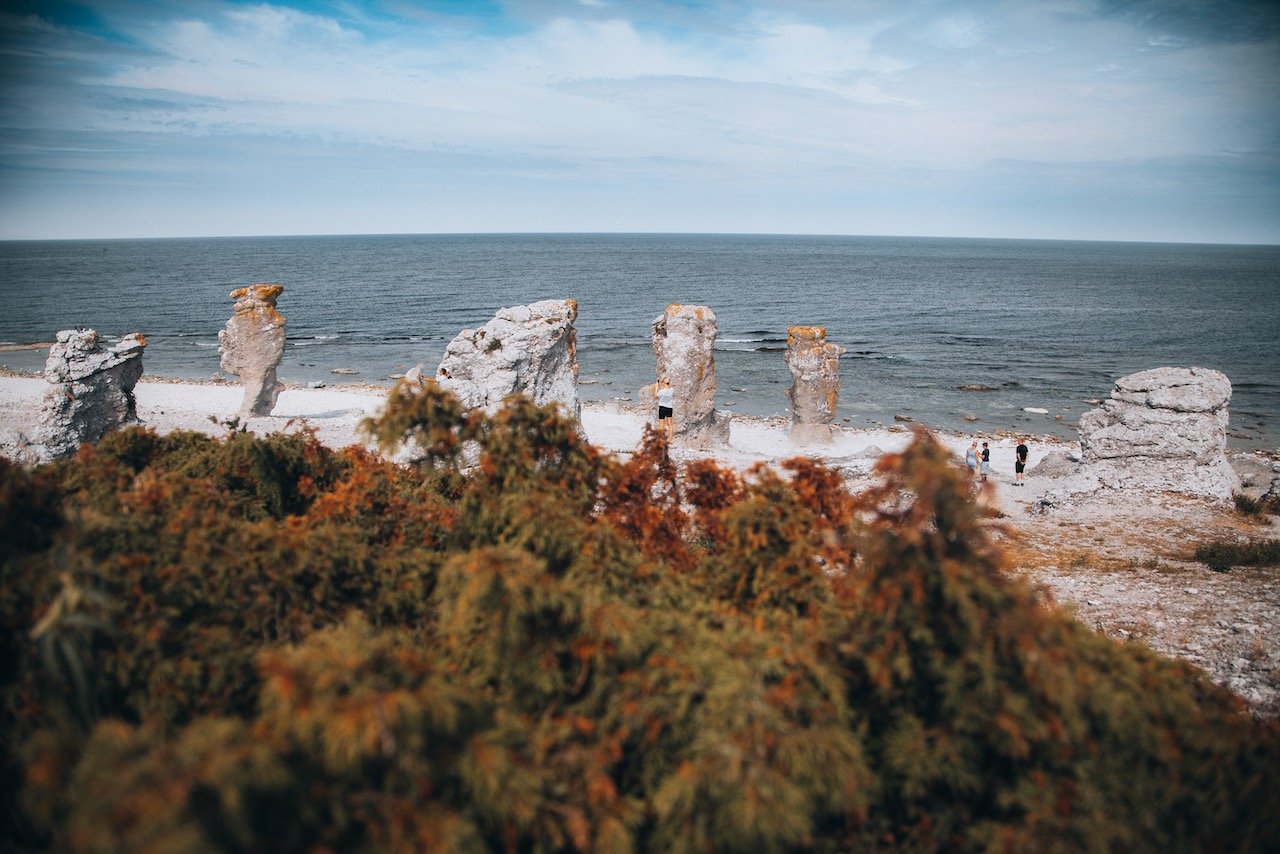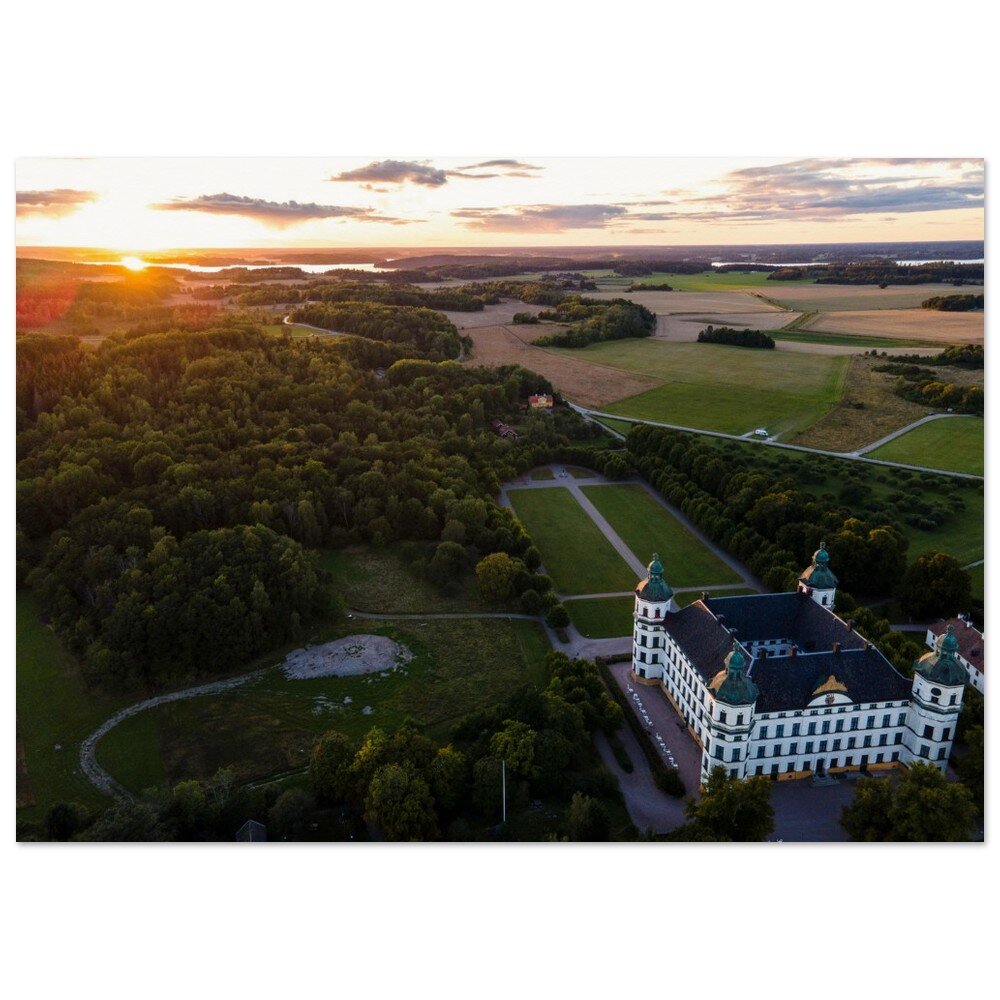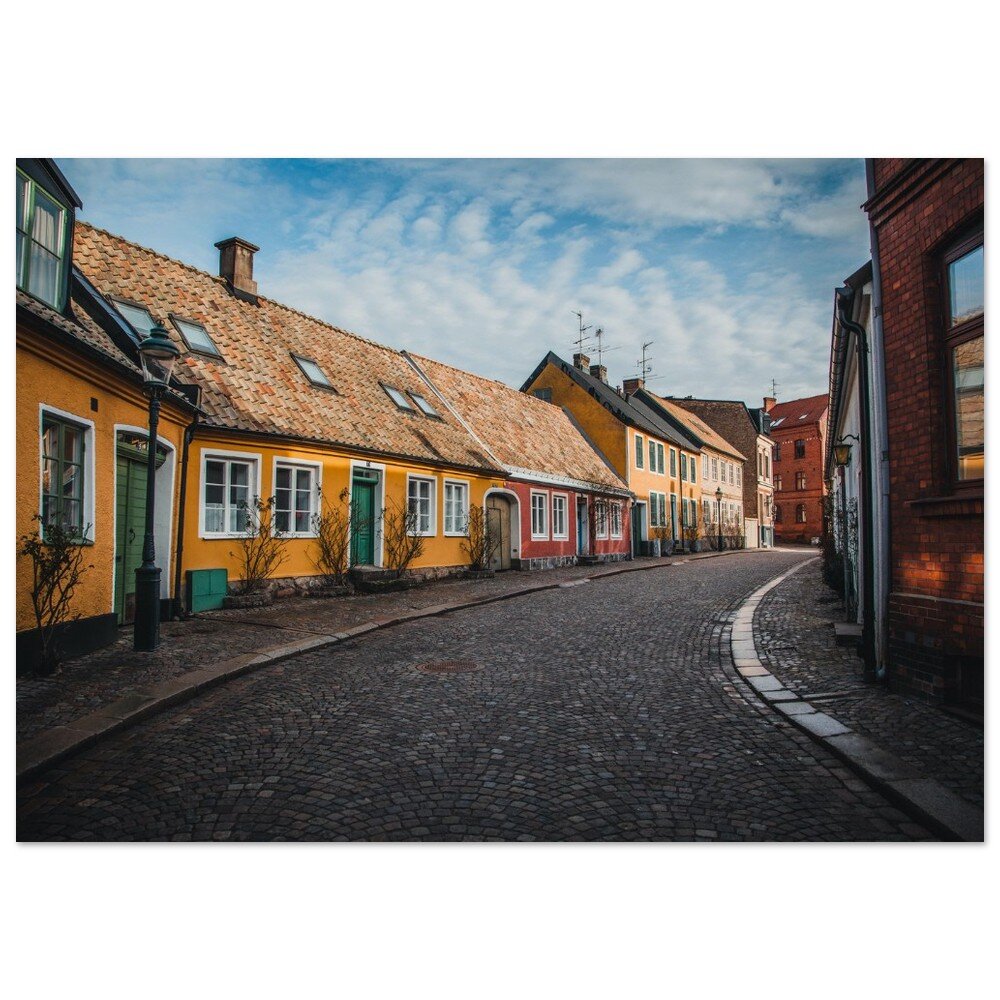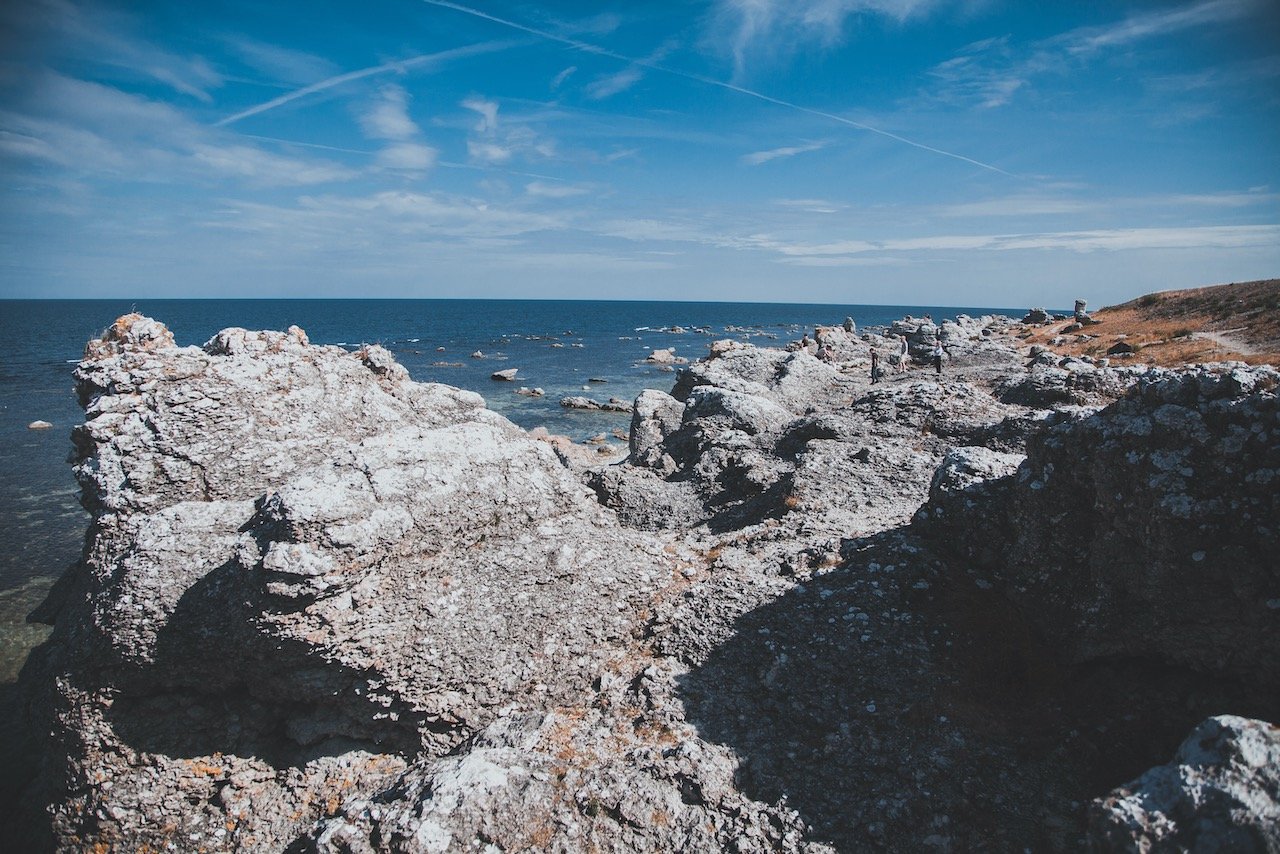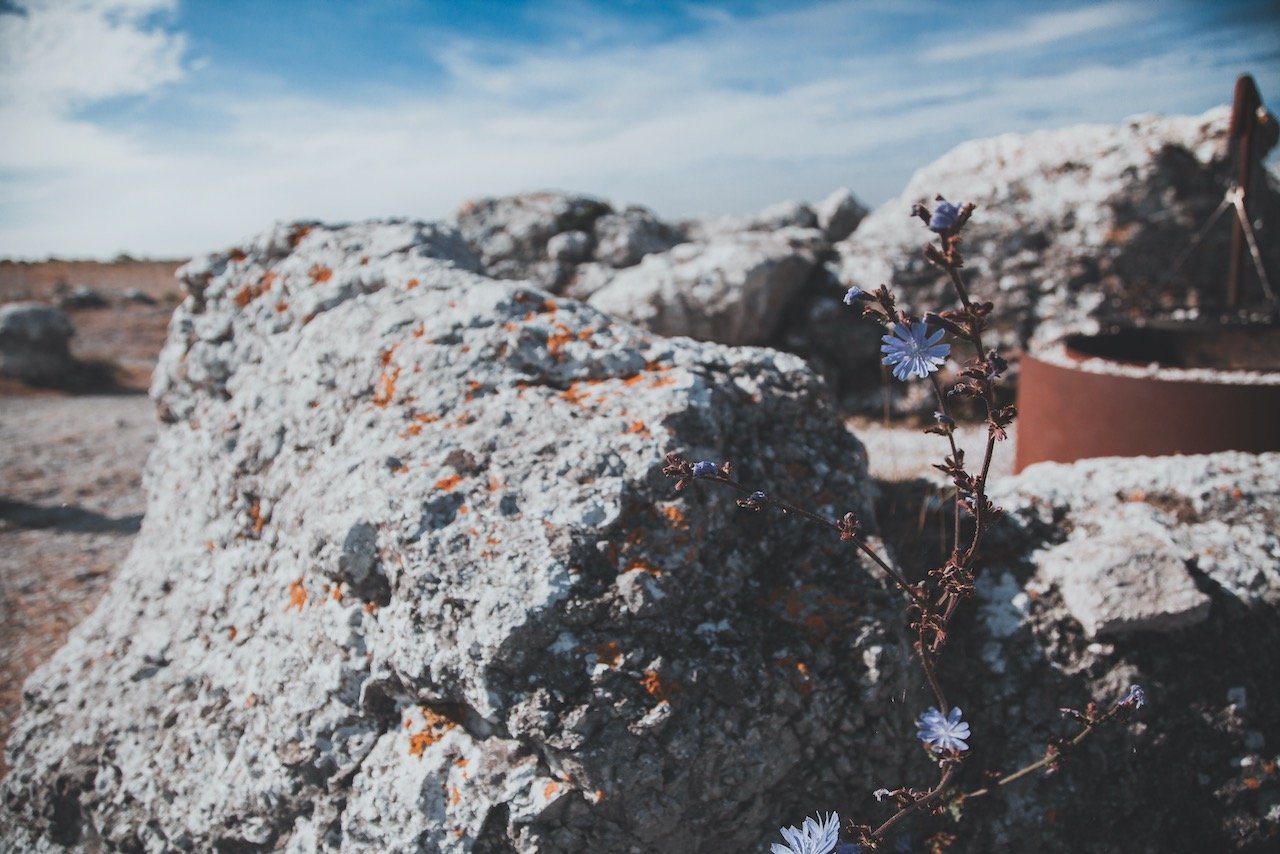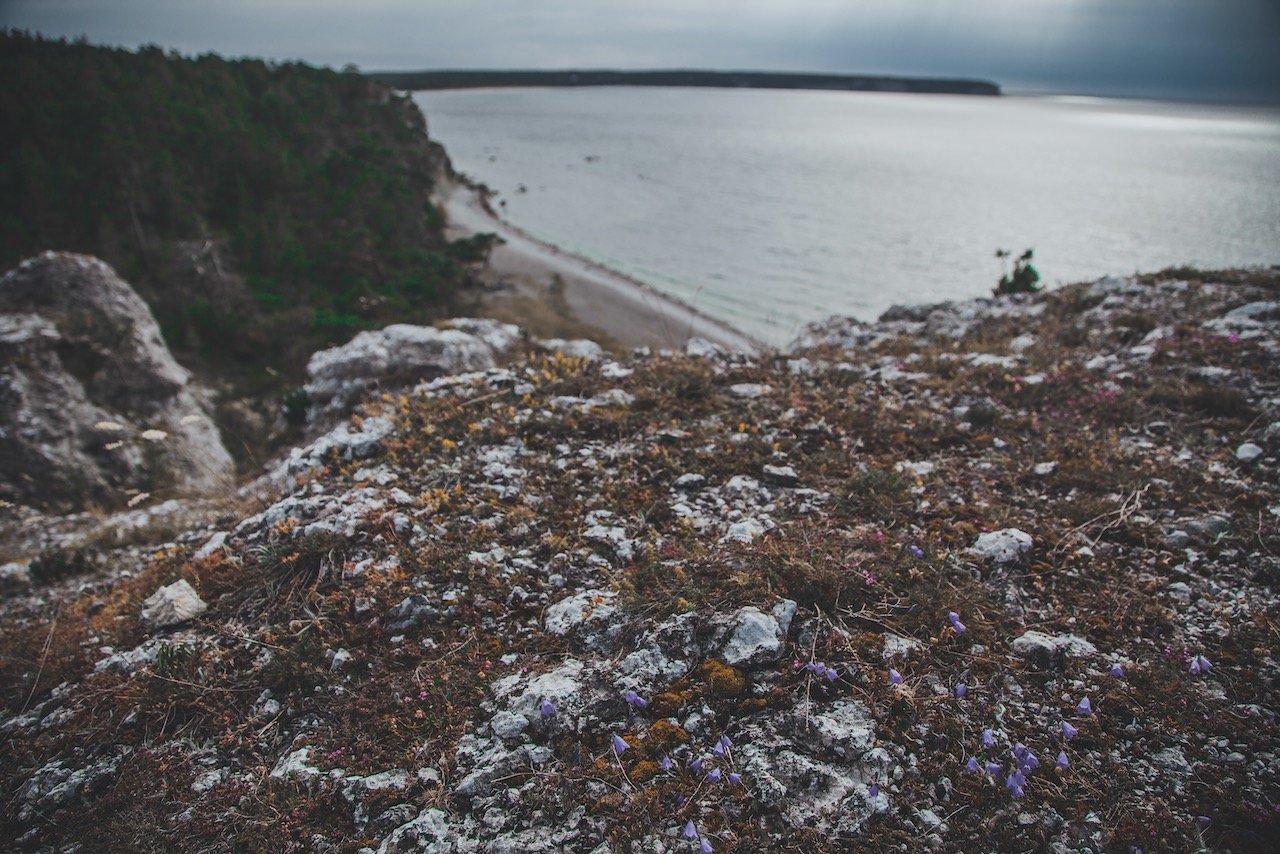A Guide to the Swedish island of Fårö
(Some links in this post are affiliate links. If you click through and take action, I'll be compensated.) If you are also interested in any PRINTS from any of my posts, be sure to check out my store where you can buy prints as posters, in metal/wooden frames or on canvas.
The Swedish island of Fårö sits just off the coast of Gotland in the Baltic Sea. Outside of the largest city of Visby on Gotland, it is the most popular place to visit within Gotland county.
It has some spectacular natural rock formations, which I will discuss in this blog post, as well as old fishing villages and plentiful beaches to swim in the usually cold water.
A long day is all it took to really see what this small island has on offer, but I would recommend two slightly-more-relaxed days to be able to enjoy it more.
Getting to Fårö requires first, getting to Gotland, which is achieved in two ways:
Flight into Visby Airport from most places in Sweden
Ferry from Nynäshamn (1.5 hour train ride from Stockholm) or Öland
Once you’ve arrived into Visby with one of the two methods above, it is easiest to rent a car and drive to the Northeast of Gotland to catch the 10 minute ferry to Fårö. There are buses that go as well but renting a car is recommended for full flexibility.
Check out my drone video of Sweden below!
Even further, if you have lots of time in Sweden, I suggest checking out some of the other cities in the country. You can check out my blog posts on some of them below:
Stockholm (Blog Post Title: Why Stockholm is the best Scandinavian capital)
Stockholm Tunnelbana (Blog Post Title: The World’s Longest Art Gallery - Riding on the Stockholm Tunnelbana)
Uppsala (Blog Post: Uppsala: the hidden gem just North of Stockholm)
Helsingborg (Blog Post: Just a few reasons to see Helsingborg in the South of Sweden)
Malmö (Blog Post: Take a weekend break in Malmö, Sweden)
Lund (Blog Post: A Day tour of the university town of Lund)
Kalmar (Blog Post: Kalmar: The town you should know more about in Sweden)
Öland (Blog Post: A Day Tour of the Swedish island of Öland)
Marstrand (Blog Post: A day trip to the Swedish island of Marstrand)
Swedish Castles (Blog Post: A Tour of Sweden’s Coolest Castles)
Fårö (Blog Post: A Guide to the Swedish Island of Fårö)
Visby (Blog Post: A Closer Look at the Hanseatic Town of Visby)
Gotland (Blog Post: A Guide to the Swedish Island of Gotland)



Once you have reached Fårö by ferry, you can either drive through the island clockwise or counterclockwise…we opted for the former. There is no right and wrong way but I think we wanted to hit the more popular places earlier in the morning.
If you like some of my photos that you have come across, just know that I have many prints showcasing a variety of landscapes, including Sweden, available for purchase below! (Sold as Posters, Canvas, or in Metal-Frames and Wooden-Frames).
We started off by driving towards Digerhuvud. This is a nature reserve that is protected as a natural monument, since 1930. It is composed of a 3.5 km stretch of beach containing a few rauks that Gotland is known for. Rauks are made up of stone and are column-like features that are found in Scandinavia. You can find them along the rocky coastline of Fårö. They can often be as tall as 8 meters. Climbers beware, it’s best to not climb on them due to how old they are and the cultural significance they have.
Just north of Digerhuvud is the remnants of an old fishing village, which are common in this part of Sweden. Helgumannen’s Fishing Village was used to fish herring back in the day. It sits amidst the most barren of beach landscapes but is still well intact, though abandoned. Here you can take a picnic admiring the houses that were built according to old traditions, all 15 of them. The preservation of these homes and the boating and mechanical equipment is impressive. This is a great place to stop at to explore.
